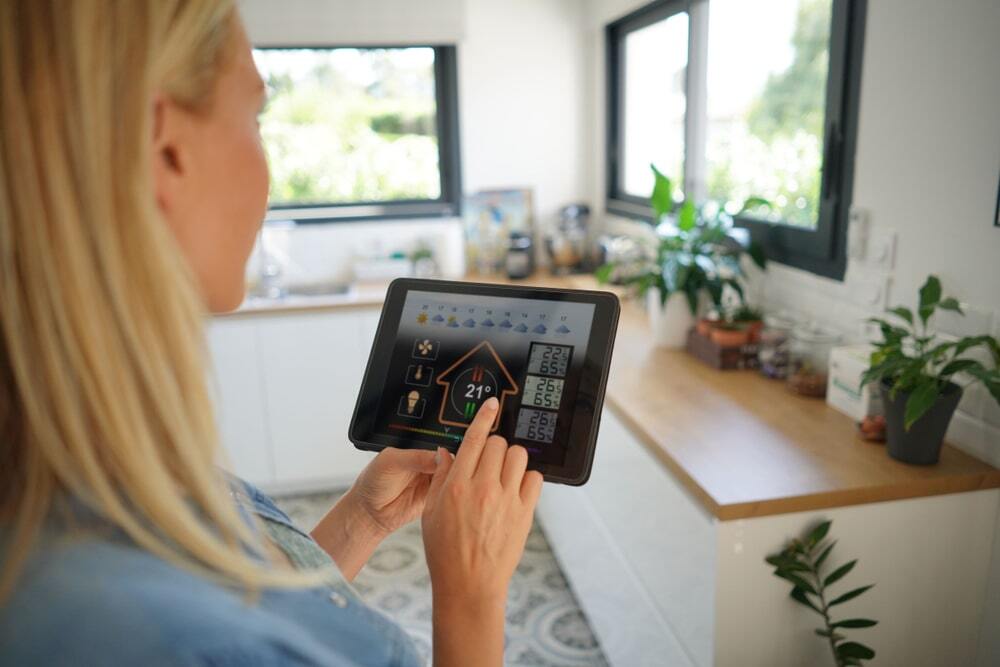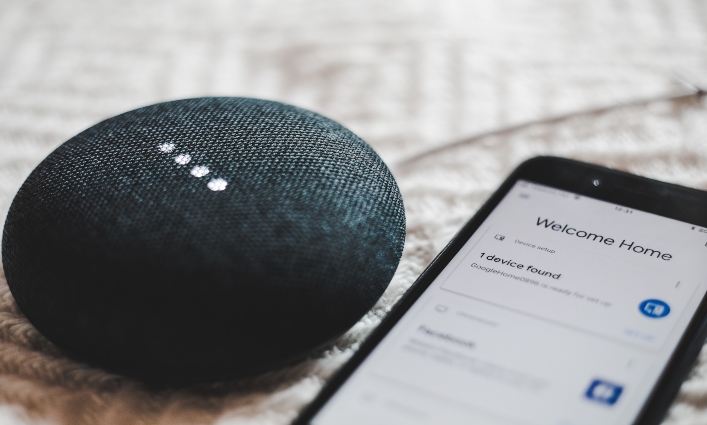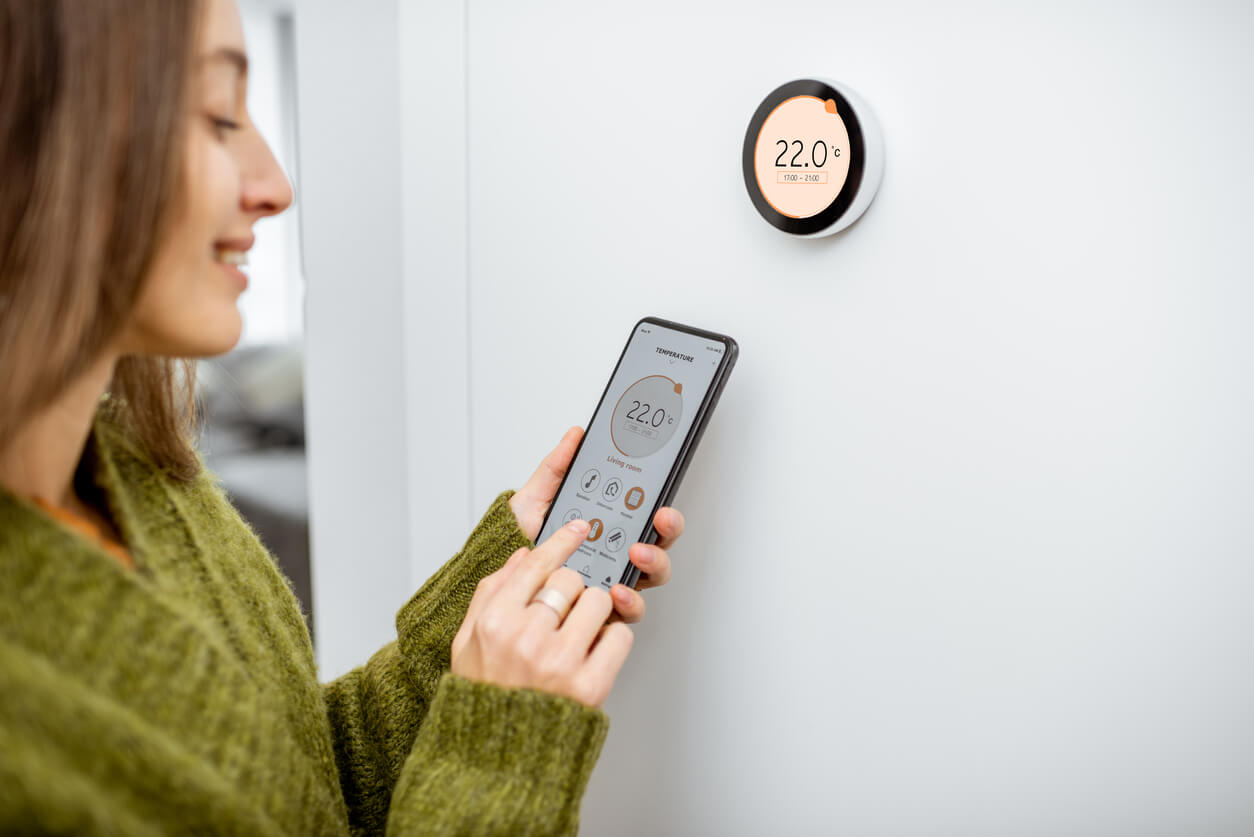How to make your home smart(er)
What do you picture when people talk about smart homes? Perhaps you envision something futuristic.
4 mins average read time

The concept of a smart home is evolving, away from high-tech gadgetry towards connected sensing devices that make our homes better to live in. With that change has come a new commercial pragmatism about what it takes to deliver intelligent, networked homes that people want to live in. In this study we evaluate then international smart home case studies.
A smart home can integrate and help us manage many functions we do today – mobile monitoring of high-definition security cameras; remote locking and home appliance management; smart grid options that manage electricity load. Founded on connected devices, it plays to the Telco’s networking strengths and represents a potential source of new revenues. But a successful business case requires strategic decisions on the breadth of offering, whether to partner or do it themselves; take one solution or create best of breed; add it to a broadband package or offer it over the top.
In the report below, Tech Research Asia has pulled together 10 examples of smart home offerings from around the world and the key insights New Zealand telcos can draw from their experience.
It must be kept in mind that the service evaluation above was based on public information and market insight: a more robust investigation would be required by any provider seriously considering entering the market. However, as a general guide, these initial evaluations tell us that:
The way services are presented and marketed to consumers is generally focused on technology with some horizontal or generic “improve or secure your home” messaging. Few have presented a nuanced smart home narrative that acknowledges the different ways people live and tried to leverage individual lifestyles. The centre piece of marketing these services has been the home or the technology – not the lifestyle. This is a common trait of many telecommunications providers across different services and may be contributing to slow uptake.
Home automation and security are the two main components for most services. None offer health or assisted-living related services and very little integration with utility provider metering is evident (e.g. smart water or energy meters). Several telcos have also sold smart home services with their own tablets or touch panels – adding another device into the home mix with seemingly little value add considering the penetration of smartphones and tablets already in place.
Security services on offer are basic monitoring and have yet to be integrated with insurance providers. In general the security services included in the smart home services evaluated are not backed by well-established security providers with robust credentials. The services are also not being offered in tandem with insurance policies for the home – despite the obvious link between better security and potentially lower premiums. This raises questions as to the credibility of these services and as a result their value to consumers. More robust security offerings that offer both piece of mind and help to reduce home insurance costs should be considered.
Attempts at “customer lock in” and generating another “play” for telcos is potentially highly damaging to smart home service prospects. Considering the availability of independent and easy-to-use control hubs that don’t have a 2-year contract with monthly fees – just one upfront purchase cost for a control hub – it is unlikely users will accept attempts to force long-term contracts for smart home owners without considerable value and differentiation being offered. And that simply hasn’t been forthcoming to date. Put simply, most consumers don’t want to be locked in and expend more of their disposable income monthly when they can DIY a smart home cheaper and potentially with a better experience.
None of the services can be considered industry-transforming on a global or domestic scale. There are many differentiated offerings adding incremental revenues to providers with the potential for future innovation. It is too early to say whether the services evaluated can be considered a success. However, there is clearly appetite for continuing to offer smart home services. For telecommunications providers the risk in not addressing smart homes is leaving the opportunity to over the top (OTT) players and losing relevance in consumers’ lives.
None of the services’ marketing and public domain materials explicitly dealt with privacy of user data or offered any guarantees data wasn’t being misused or collected without consent. TRA acknowledges that it did not read all terms and conditions of all services. However none of the 10 services offered prominent or easy-to-find information related to this topic and we believe it should not only be discussed in the fine print. Many connected devices and smart home services are being used to conduct surveillance on users, often under the premise of “understanding the customer better” for one reason or another. As smart home services are increasingly adopted this will become an issue that providers must deal with directly and honestly. Being proactive and transparent about what data is collected and how it is used may offer a point of differentiation.

What do you picture when people talk about smart homes? Perhaps you envision something futuristic.

Smart devices as they’re known aren’t particularly new now and are simply wifi connected versions of common household appliances or fixtures.

There are heaps of smart gadgets that will help you keep your power bills down as energy consumption goes up as winter nears.


